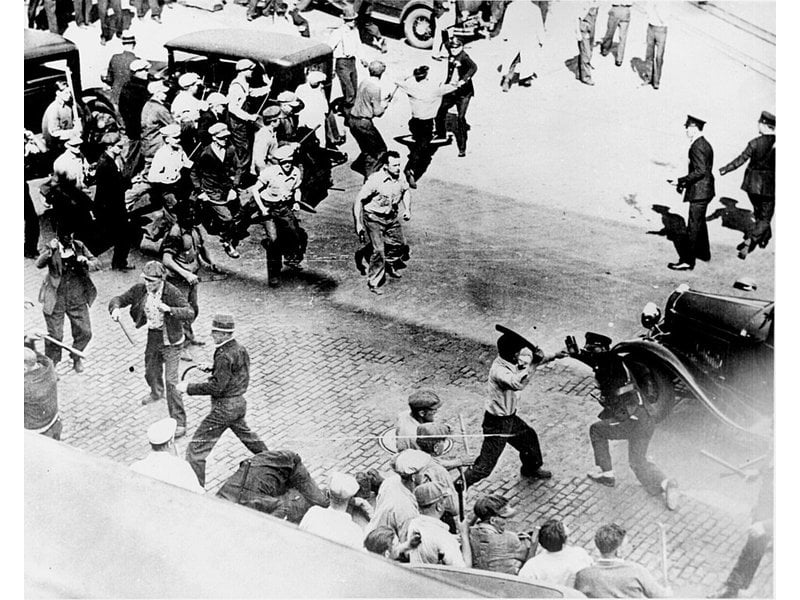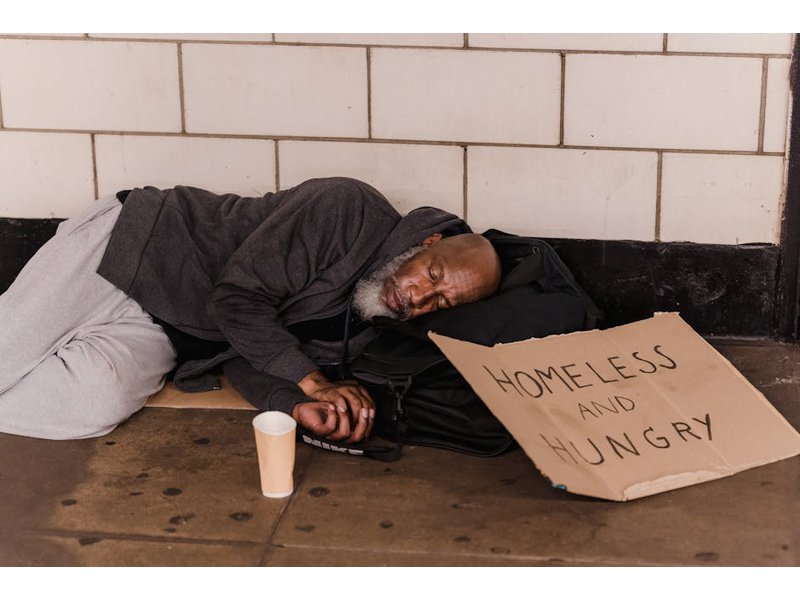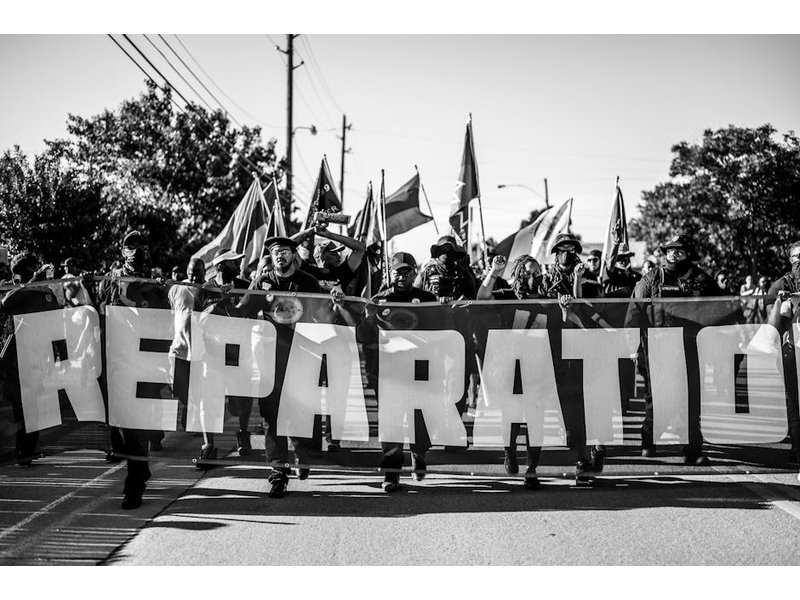175 overloading of facilities

"Overloading facilities involves the deliberate increase of demands for services far beyond their capacity, so that the operation of the institution (government department, business, social service, and so on) is slowed down or paralyzed. Such overloading may be initiated by customers, the public, or employees of the institution. The objectives may vary and may include improved services, wage increases and political ends."...
Potentially awesome partners

High scoring campaigns using this method
Historical cases from the Nonviolent Action Database that used this method
African Americans campaign for voting rights in Selma, Alabama, USA, 1965
Even after the passage of the Civil Rights Act of 1964, most African Americans in the southern United States were still unable to vote because of registration requirements such as literacy tests and slow registration processes. In Selma, Alabama the ...
North Carolina textile workers win union recognition from J. P. Stevens, 1976-1980
In 1974, workers at seven textile plants in Roanoke Rapids, North Carolina owned by the J. P. Stevens company voted to be represented by the Textile Workers Union of America (TWUA). However, the company refused to sign a contract with the new union. ...
Australian women protest conscription during Vietnam War [Save Our Sons (SOS)], 1965-1972
The “Gulf of Tonkin Incident” in early August 1964 marked the beginning of dramatic escalation of the United States’ involvement in the civil war in Vietnam. As a close ally, Australia made a commitment to support the United States’ intervention in S...
Baltimore students demonstrate to integrate Northwood Theater, 1963
On Friday, February 15, 1963, the student-led Civic Interest Group (CIG) began a demonstration against Northwood Theater in Baltimore, Maryland. The ultimately successful demonstration took place in the context of a longer history of protests against...
Newark residents and students campaign to stop the building of 279 MW power plant (2013-2014)
The Science, Technology and Advanced Research (STAR) campus, a satellite campus of the University of Delaware (UD) is located just half a mile from the primary campus in Newark, Delaware. During the efforts to fully develop the STAR campus, UD offere...
British students force end of Barclays Bank’s investments in South African Apartheid 1969-1987
Apartheid was a legal and political system of racial segregation in South Africa in which the National Party used violence to uphold political and economic control by the white minority. Apartheid began under colonial Dutch rule and was officially in...
Manitoba women win right to vote, 1870-1916
In North America and Western Europe in the later half of the 19th century, women began to campaign in earnest for the right to vote. At this time women were second-class citizens. The 1870s were the start of the movement in Canada, but there were few...
African American citizens campaign for integration in Durham, N.C., 1963
The mass demonstrations of 1963 in Durham were the culmination of a local black freedom movement that had slowly gained momentum over the preceding years. Durham had been the site of a thwarted sit-in at the Royal Ice Cream Parlor in 1957, limited de...
Jewish Cantor and His Family resist terrorism, convert attacking Ku Klux Klan leader, 1991
In 1991 Larry Trapp was known as the Grand Dragon of the White Knights of the Ku Klux Klan for the realm of Nebraska. In early 1991, Trapp’s goal was to turn the Nebraska chapter of the Ku Klux Klan (KKK), a hate group dating back to the late 1800s, ...
African Americans campaign for equal accommodations, Birmingham, Alabama, USA, 1963
On April 3, 1963, several black integrationists belonging to the Alabama Christian Movement for Human Rights (ACMHR) entered the Briling Cafeteria in Birmingham and sat at the white’s only lunch counter to request service. When they were refused serv...
Low scoring campaigns using this method
Historical cases from the Nonviolent Action Database that used this method
Iranians protest election results, 2009
Iranians turned out in large numbers to elect their President on 12 June 2009. The candidates included the incumbent and favorite of the religious authorities, Mahmoud Ahmadinejad, as well as three challengers: Mir-Hossein Mousavi, Mohsen Rezaee, and...




